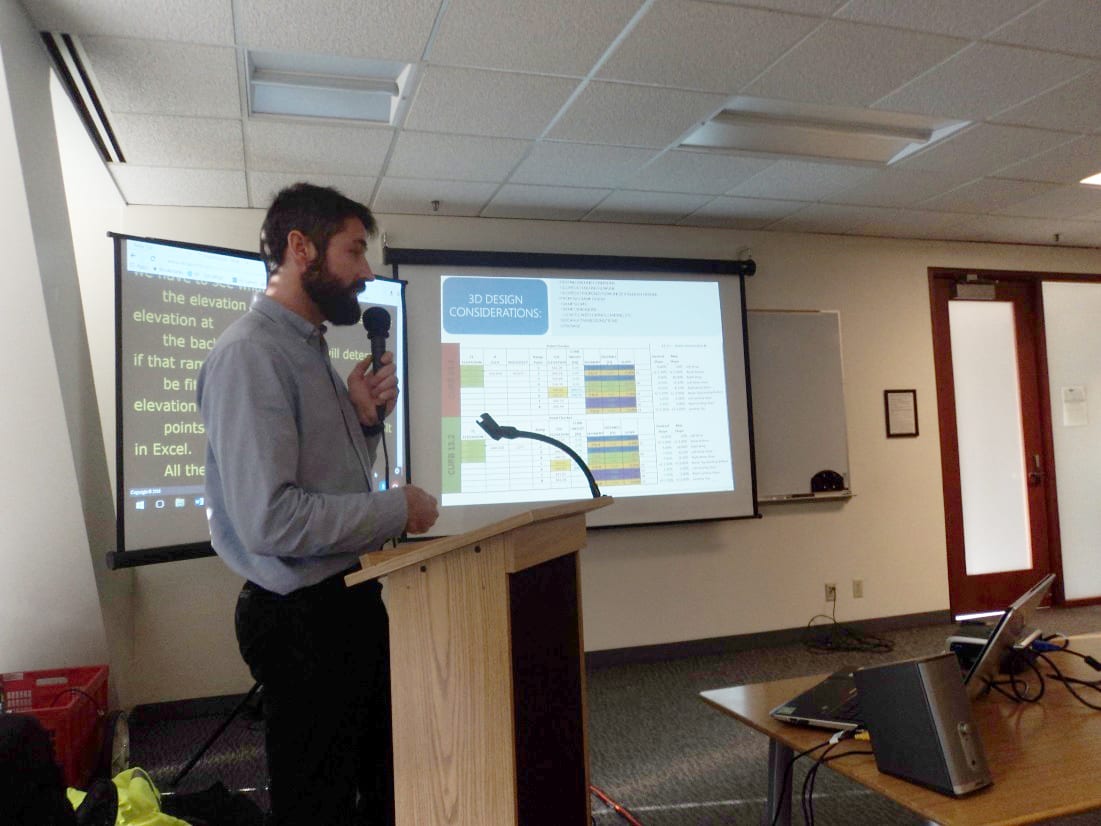
In January, SDOT presented to the Northwest Universal Design Council on many of the specific aspects of designing an accessible pedestrian network that is usable for all pedestrians. If you wonder why, it is because Universal Design and accessibility are related. While accessibility generally refers to access for people with disabilities, Universal Design goes a step beyond as it incorporates the design of products, spaces, and facilities that can be used by the widest range of people possible. Universal Design makes things safer, easier to use and more convenient for everyone – for people with widely ranging abilities, including physical, perceptual, and cognitive abilities as well as different body sizes and shapes. This design concept can be applied to products and features, to elements in the built environment, and even in private residences.
To learn more, you can visit the Universal Design website at http://www.universaldesign.com/about-universal-design.html
SDOT certainly strives to create, maintain, and improve the pedestrian network in Seattle to be usable for the widest range of users. The main goal of the presentation was to illustrate to the Council the components of a pedestrian network, how SDOT strives to provide accessibility and inclusion, and some of the unique challenges and solutions to designing, constructing, and maintaining a pedestrian network that is usable to all.
SDOT ADA Coordinator Mike Shaw spoke about all of the aspects to consider when providing accessibility within a pedestrian network, including design considerations for curb ramps, sidewalks, street crossings, and pedestrian traffic signals. Associate Civil Engineer John Ricardi went into depth on the particulars of curb ramp design, illustrating the complexities involved in translating a field survey into a curb ramp design using computer aided design. Finally, Construction Engineering Supervisor Eugene Pike discussed some of the unforeseen obstacles in implementing curb ramp design in an existing built environment. The audience walked away with a much better understanding of some of the high level complexities involved in providing an accessible pedestrian network that were not previously made aware.

SDOT Presents to the Northwest Universal Design Council

John Ricardi Discusses Curb Ramp Design Complexity

Eugene Pike Discusses Curb Ramp Construction
If you have any questions about accessibility within the Seattle public right-of-way, we encourage you contact SDOT’s ADA Coordinator, Michael Shaw. He can be reached at (206) 615-1974 or by email at Michael.Shaw@seattle.gov.

